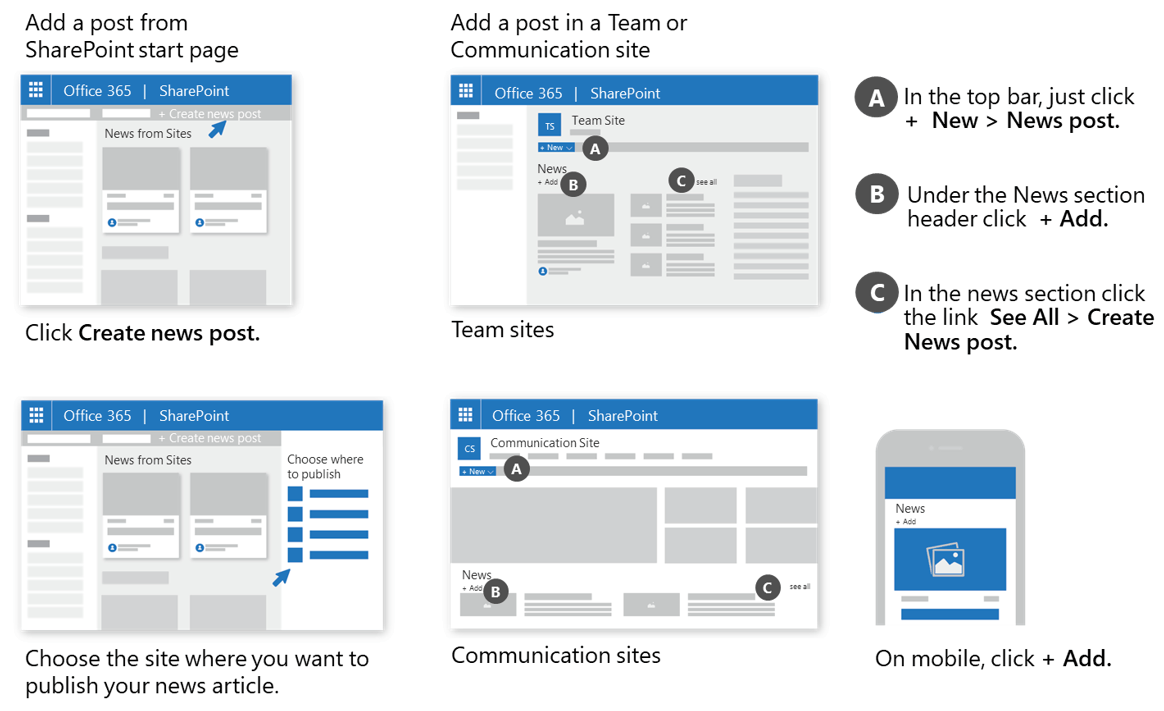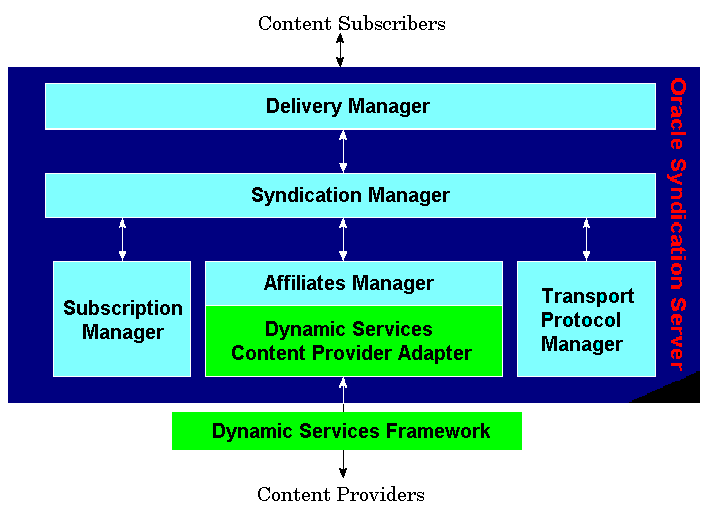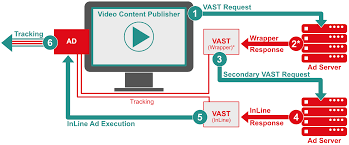
A native ad is displayed on the page alongside relevant content. An example of this is a Dell advertisement, which will be next to a Guinness Beer advert that implies that oysters taste better when they are paired with the beer. You might see an advertisement for Guinness Beer next to an article that explains how oysters taste better when paired with beer. These examples illustrate how product-related ads can be a powerful way to advertise products.
In-Feed units
Traditional banner ads may still be useful, but In-Feed units offer unique advertising opportunities. They integrate seamlessly with the publisher's site, and feature high-quality advertising elements to increase user interaction. In-Feed ads can contain both video and static content. In-feed units will continue growing in popularity as the main channel to amplify and monetize content.
The Native Advertising Playbook by the IAB addressed the question "What is a Native Ad unit?" The IAB's Native Advertising Playbook states that in-feed ads provide the most variation. Marketers should be aware of the characteristics and how they can work with other elements on the page. For example, video ads can be placed alongside video content.
Custom content

Magazine publishers have had difficulty convincing brands to produce custom content in the past. It is difficult for magazine publishers to get brands to produce custom content, given the way that traditional advertising budgets are divided into digital and printed components. But with new technologies, this challenge is becoming less of a problem. QR Codes are becoming more popular for brands to connect with agencies. Publishers are increasingly turning towards the technology to make native content engaging.
Although the rule of thumb is to keep ads relevant and related to content on a website's site, native ads with custom content can be even more effective. A Stanford University study found that consumers are open to the idea of sponsored content. In fact, they prefer custom content to traditional advertising. Although CNN and the Times have since removed Dell sponsored posts from their websites, it was a failure. For that reason, publishers should avoid generic native ads and invest in custom content.
Programmatic ad buying
The trend of purchasing programmatic native ads is growing in popularity in the digital advertising industry. This method has been adopted by businesses across many industries. In 2019, the most popular spending sectors included financial firms, media companies, and retailers, including LendingTree, Amazon, Verizon, and Procter & Gamble. Whatever your brand's goals, programmatic native ads can be highly effective.
Programmatic native ads can be more read than traditional ad formats and shared across platforms. Brands are able create targeted ads that respond to the needs and increase conversion rates. This is a great way to build your brand and establish your company as an industry authority. Programmatic native ads are a worthwhile investment. Here are some examples of programmatic advertising that could work for you.
Placements

Native ads can embed in apps and can appear in a variety ways. These ads may be displayed in the form of slides, app walls and content streams. They also can appear in news feed placements and text-only paid Google search ads. Native image ads is another type. They look like regular image ads but are placed to blend in with the rest of the site's content. These types of ads are not necessarily the most effective.
Brands need to work hard to establish trust and build relationships with consumers. Relevant, targeted content is essential in today's world where privacy concerns are at the forefront of consumers consciousness. Native ads need to be created with care, using copy and images that do not seem forced or tone-deaf. It is important to establish trust early in the process with consumers so that they can trust the brand's message and brand.
FAQ
Why do I need to have a Content Marketing Strategy. Why not just post social media updates or send emails?
Two reasons to ignore Content Marketing Strategy are:
-
It might seem that social media posts and email marketing are sufficient to get people talking.
-
It's possible to assume that sharing this content via social media and email marketing is not practical.
Both assumptions are false.
Email marketing and social networking posts can be great tools for communicating with customers and prospects. They aren't sufficient by themselves.
Your goals can't be achieved by an email campaign. An email campaign alone won't help you reach your goals. It must be part of larger strategies. Social media posts are not enough to achieve your goals. They should be part a bigger plan.
This is where a Content Marketing Strategy comes in. You can manage your entire content creation by creating a strategy with clear objectives.
This will allow you to focus more on the essentials of running your business like growing your audience or increasing conversion rates.
A Content Marketing Strategy is a great tool, but it doesn't necessarily make it easy.
A strategy can make all the difference.
What role does a content strategist play?
Content strategists are able to help you understand what search terms people use on the internet. They make sure your website is optimized for search engines to help you rank high. They also create content for social media sites, like Facebook and Twitter. They also write copy to advertise, blog, or website.
A content strategist works closely alongside a marketing department and helps to plan a cohesive strategy for the company's web presence. While content strategists can work alone, they will often collaborate with other members of the team to ensure each piece of content is useful.
What is content marketing?
Content marketing is successful because it produces valuable, engaging content which provides value.
You build relationships with your audience by providing useful information, solving problems, entertaining, or engaging them. People will respond positively to positive messages from brands they trust.
It's interesting to read things that interest people. Write something interesting and your readers will come back for more.
Your content should drive people to take action - whether buying your product, signing up for your newsletter, visiting your website, or sharing your article via social media.
The key to successful content marketing is to write compelling copy that engages your target market and provides them with the information they want and need.
What is it worth to hire a content strategist for your company?
Plenty of freelancers and agencies are available to provide content creation services at reasonable prices. However, some companies prefer to pay more due to the expertise of the person handling the project.
What is Content Marketing?
Absolutely! Content Marketing works well for any type of business. Whether you sell products or services, provide support, or offer training, creating content is a great way for customers to learn about your company and stay connected.
Is content marketing simple to measure?
Yes! Measuring results is part of the process. This allows you to evaluate whether your efforts were successful, and if you need changes.
You can track visitors coming from many sources (email, social media and paid advertising) and track conversions like sales leads, purchases, and organic searches.
These metrics can tell you which pieces of content performed well and where your most significant opportunities lie.
Why is content so crucial?
Content plays a key role in any digital marketing campaign. You must create quality content to attract new customers. This is best done through blogging. Blogging helps you build authority in your niche, which makes you more trustworthy. Trustworthiness builds credibility and leads to higher search engine rankings. Organic searches are more popular than search engine rankings.
Statistics
- To further show the importance of this, 89% of people have stopped doing business with a company because of a poor experience. (neilpatel.com)
- Measure your goals with a progress indicator of 0-100%. Make your goals collaborative and transparent (semrush.com)
- In fact, would pay more for a better customer experience, and 86% of B2B buyers would pay more. (neilpatel.com)
- Seventy-two percent business to business (B2B) (mailchimp.com)
- Forty-seven percent of buyers view 3 to 5 pieces of content before engaging with a sales representative. (mailchimp.com)
- We found that 40% of businesses don't have a documented strategy yet. (semrush.com)
- According to our research, brand awareness, attracting traffic, and generating leads remain the key content marketing goals in 2022. (semrush.com)
- This marketing strategy landed Ford a 15.4% conversion rate. (neilpatel.com)
External Links
How To
How to create a video for content marketing?
Video content marketing is a great way to get your message across to your target audience. They help you connect with your target audience by sharing stories they care about. But how do you make them stand out from the rest? Here are some suggestions for making videos that are noticed.
-
You should first know when creating a video that there's no such thing as "one size fits all." You want to tailor your video to speak directly to your audience. The message you want to convey is not applicable to all viewers.
-
Do not choose the cheapest platform. YouTube, Vimeo. Periscope. Instagram. Snapchat. Each platform offers different features and benefits. By choosing wisely you can save money while increasing engagement.
-
When filming, don't forget subtitles! It makes it easier for people to understand your language barriers and makes videos more accessible.
-
Lastly, be sure to ask yourself the following questions before you begin: Who am I talking about? What is the purpose of this video? What is my video about? Once you have answered these questions, creating videos is much easier!